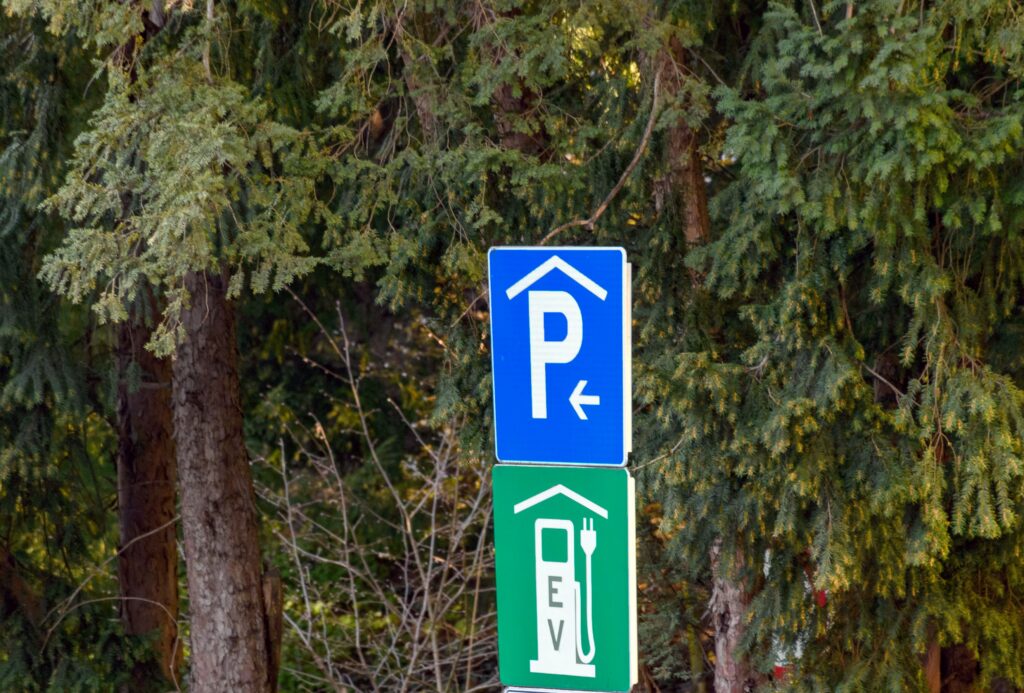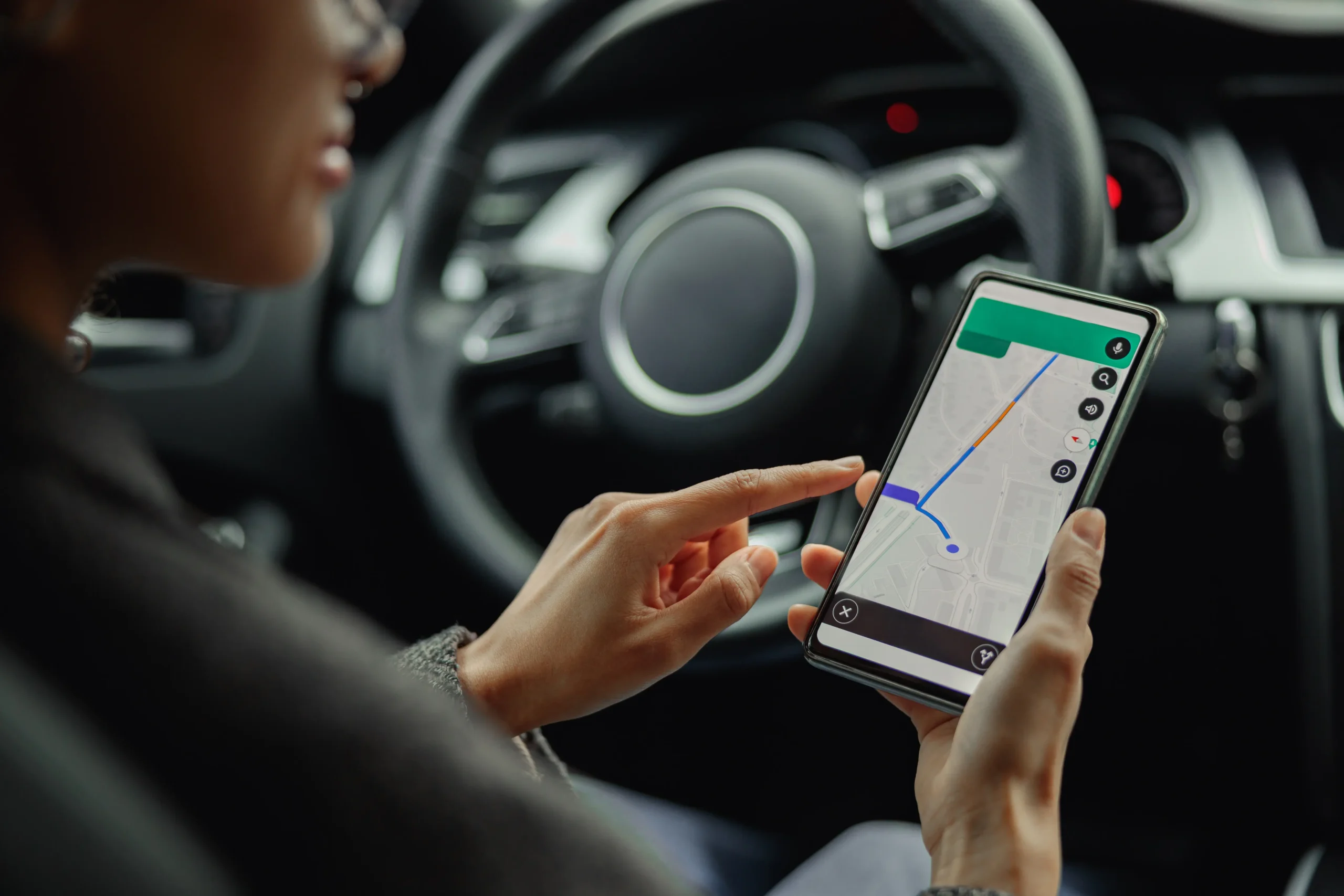Just Eat to switch corporate sales fleet to electric by 2025
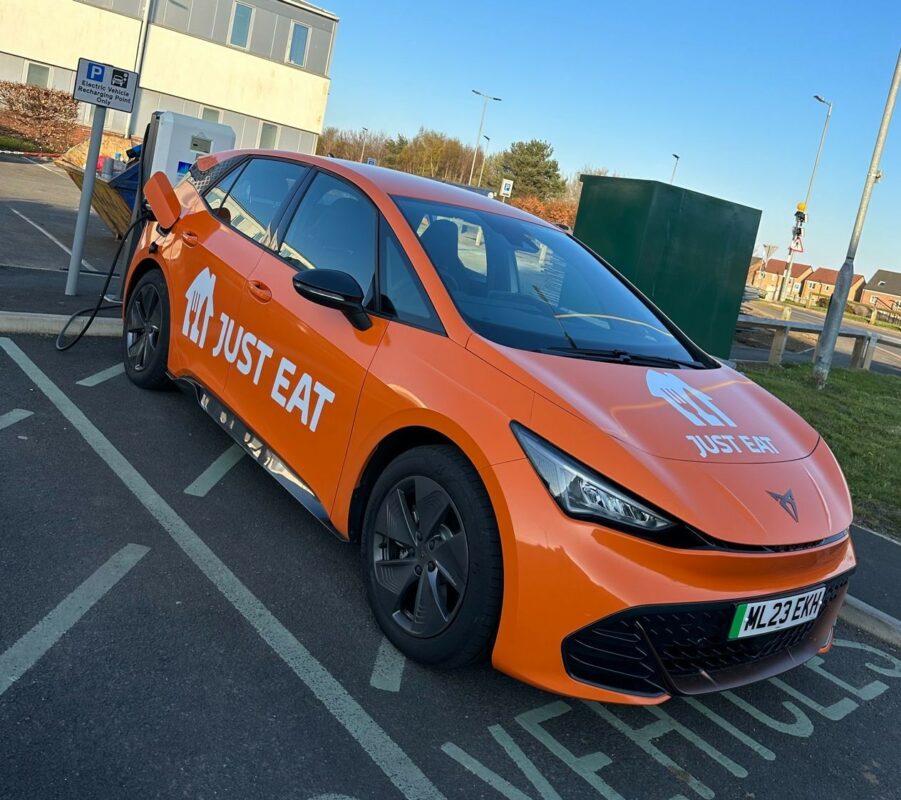
Just Eat corporate electric vehicle. Source: Just Eat
Just Eat have announced that they will transition their entire corporate sales fleet, consisting of 175 diesel-powered vehicles, to battery-powered electric vehicles (BEVs) by 2025. The move will reduce the fleet’s carbon emissions by 480 tonnes per year, and Just Eat have signified that this forms the basis of wider plans to transition their sales fleet to electric vehicles by 2030.
In 2021 the online food and grocery delivery behemoth revealed their Responsible Business Framework, which outlines key areas within the business that need to be decarbonised in order to have ‘a positive impact on our environment and our communities’ and to ‘use our scale and influence to drive a more sustainable future for the food delivery industry.’
Leigh Phillipson, UK Sales Director for Just Eat, reflected on the news:
‘Our sales team is committed to providing services to restaurant partners up and down the UK and by replacing all our vehicles with electric vehicles, we are further reducing greenhouse gas emissions and protecting our environment for future generations.’
Earlier this year, Just Eat confirmed it was adding traffic light labels to dishes received by customers from five of its partner restaurants in Brighton, which categorise the level of carbon emissions the order emitted, taking into account the farming, production, transport and packaging of the dishes.
Sweden To Build the World’s First Electrified Road for EVs to Charge While Driving
Following the passing of the EU’s landmark Fit for 55 climate change legislation, European countries are developing revolutionary ways to prepare their infrastructure to meet the increased demand for EVs.
Sweden is the first country in the world to begin developing an electrified road, dubbed an e-motorway, which recharges vehicles wirelessly while driving. After various pilot projects the first motorway of its kind, which will connect logistic hubs between Hallsberg and Örebro, is expected to be operational by 2025.
Jan Pettersson, Director of Strategic Development at the Swedish transport administration, sees the e-motorway concept as an electrification solution that is ‘the way forward for decarbonising the transport sector.’
Engineers are currently evaluating the type of charging system that the motorway will use to power the vehicles in motion: a catenary system, a conductive ground-based system, and an inductive system.
Preference is currently leaning towards an inductive system, where technology in the road can pass a charge into the vehicle’s battery using an electro-magnetic coil on the underside of the vehicle. Examples of this technology can be found on wireless charging pads, which emulate the tech found in wireless chargers for smartphones, albeit on a grand scale.
Westminster City Council orders record-breaking number of Dennis Eagle eCollects eRCVs
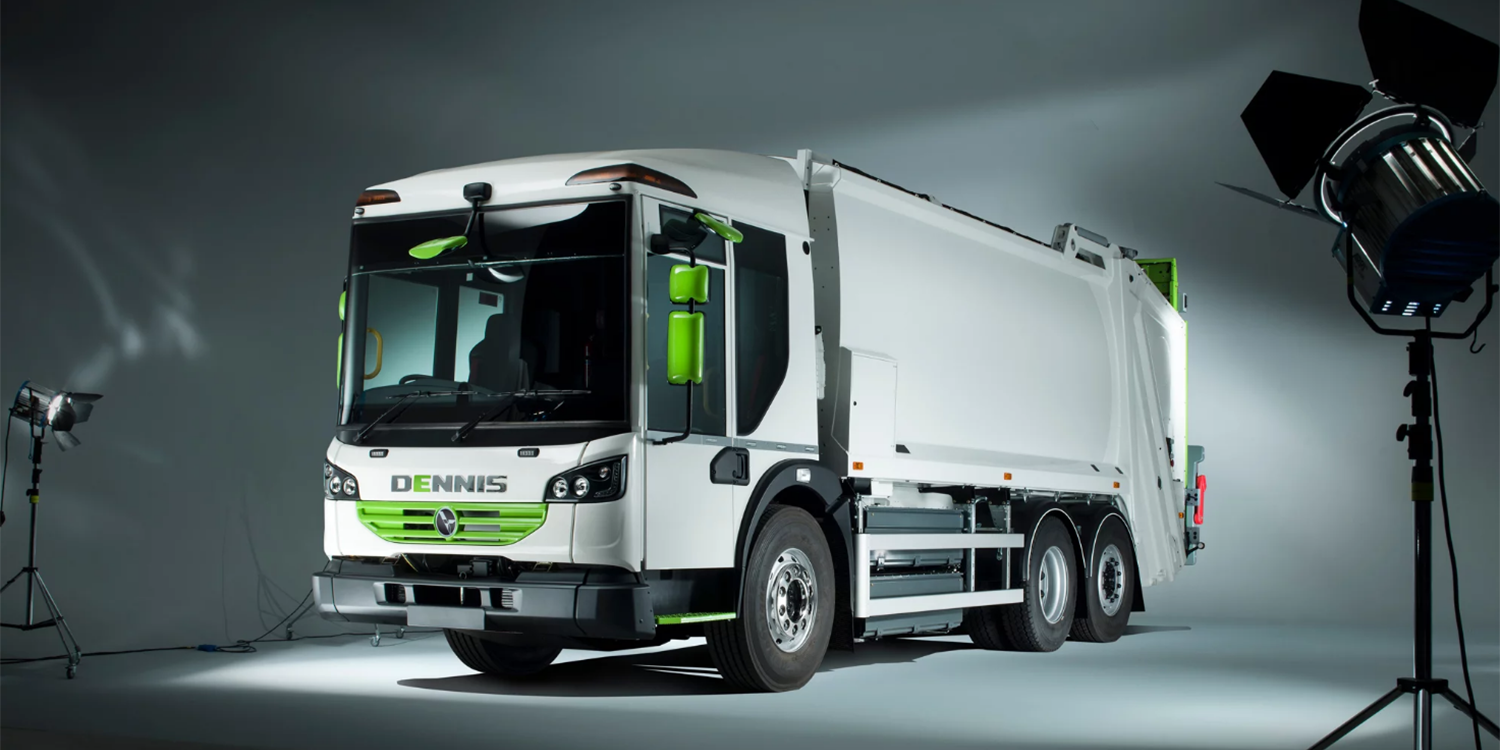
Dennis Eagle eCollect. Source: Dennis Eagle
Westminster City Council are set to add 40 zero-emission electric refuse collection vehicles (eRCVs) to their eco-friendly fleet following successful trials earlier this year. The 7-tonne 6×2 rear-steer eCollect vehicles manufactured by Dennis Eagle boast a 150 km driving range on a single charge, allowing it to collect up to 20 tonnes of waste on an 8-hour shift before needing a recharge.
Dennis Eagle’s Sales and Marketing Director, Richard Taylor, reflected on the record-breaking deal:
“We know how focused Westminster is on sustainability. With that in mind, these eCollects are designed and built in the UK and we are working closely with our suppliers and constantly reassessing our own business to ensure sustainability is at the heart of everything we do.”
Councillor Paul Dimoldenberg, Cabinet Member for City Management, reinforced the Council’s commitment to achieving their net-zero emissions target, with such investment being key to its success:
“Air quality has consistently been one of the main concerns among our residents and the council is taking action to reduce carbon emissions and improve air quality across the city. This new collection of zero-emissions collection vehicles, the largest single order in the UK, will help us achieve our goal of a Net Zero Westminster by 2040.”
Government not on track to hit motorway services EV charger target by end of 2023
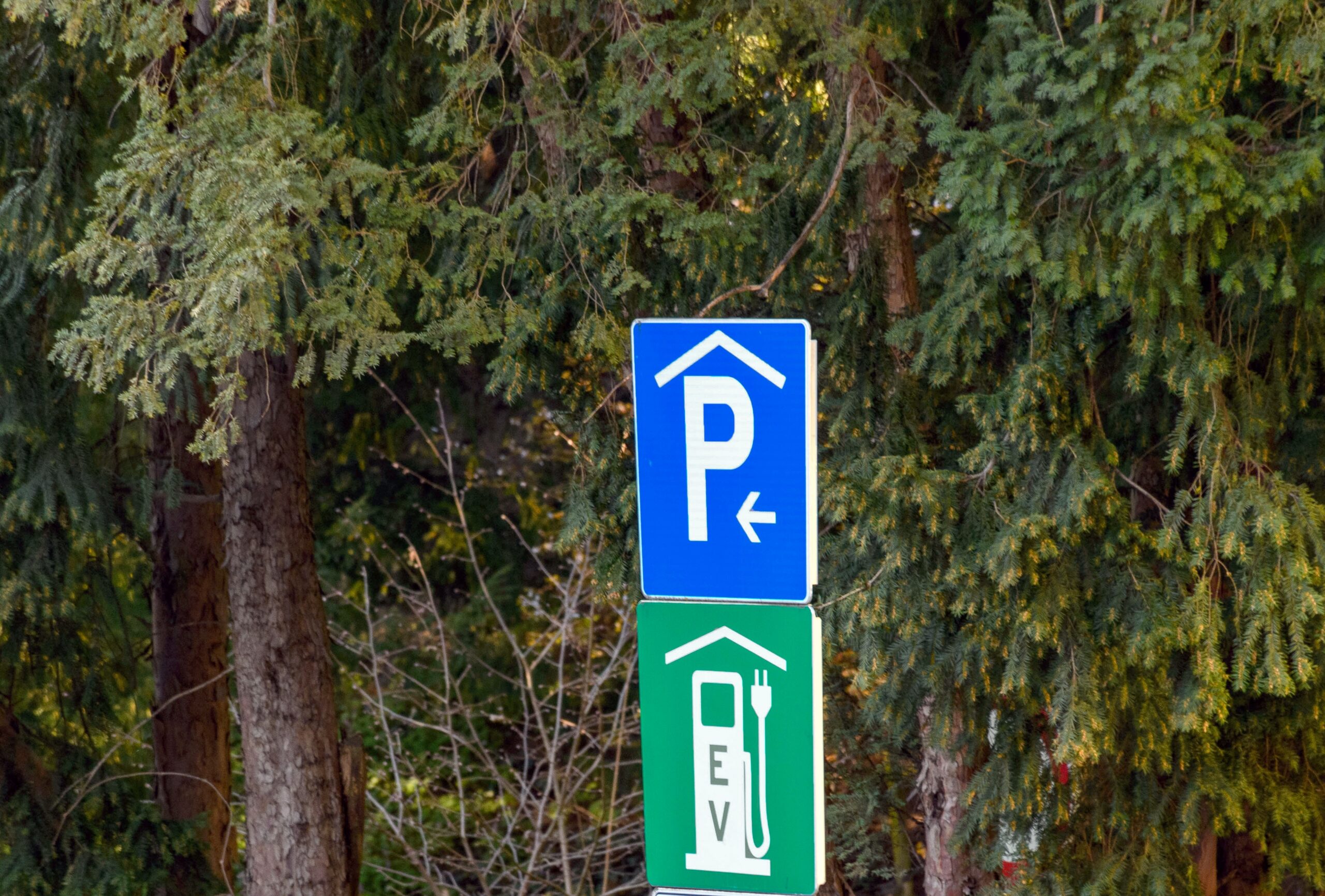
Research conducted by the RAC displays scepticism that the UK Government will meet its target of having six or more rapid or ultra-rapid electric vehicle chargers at every motorway service area in England by the end of 2023.
The RAC’s research found there are around 400 high-powered charging units situated at motorway services capable of charging 682 electric cars at one time, and less than a quarter (27 out of 119 motorway services) currently have the target number of chargers. There are currently, on average, just 3.4 rapid or ultra-rapid chargers at motorway services.
Their research also disclosed that six motorway services in England do not have any high-powered chargers at all – both Leicester Forest services, Tebay South, Carlisle Northbound, Strensham Southbound and Barton Park.
These statistics highlight that the Government has to accelerate the deployment of charging infrastructure located at motorways if they are to meet their stated targets. In the Government’s ‘vision for the rapid chargepoint network in England’ policy paper from May 2020, the document explicitly states:
“We will ensure that every motorway service area has at least six rapid chargers by the end of 2023, with some having more than 12.” Currently, there are only six services in England which have more than 12.
RAC EV spokesperson Simon Williams weighed in on the findings:
“Installing these types of units is not straightforward as connecting to the electricity grid is expensive and time-consuming, but clearly more needs to be done to make this process simpler than it is currently. While we understand the Government is taking steps to expedite matters, the importance of ensuring sufficient high-powered charging is readily available up and down our motorway network can’t be emphasised enough.”
Frequently Asked Questions
The UK Government has pledged to have six or more rapid or ultra-rapid electric vehicle chargers at every motorway service area in England by the end of 2023, with some of the larger stations having more than 12. Currently less than a quarter (27 out of 119 motorway services) have the target number of chargers, and six motorway services in England do not have any high-powered chargers at all.
An inductive charging system forms the basis of wireless charging through electromagnetic induction. An electric charge/current is passed between two separate coils due to a magnetic field being created. This technology is currently being trialled to pass electricity between a charging point and an electric vehicle in order to charge it wirelessly without the need of manual intervention. If successful it may then be implemented on roads to charge EVs while driving.
